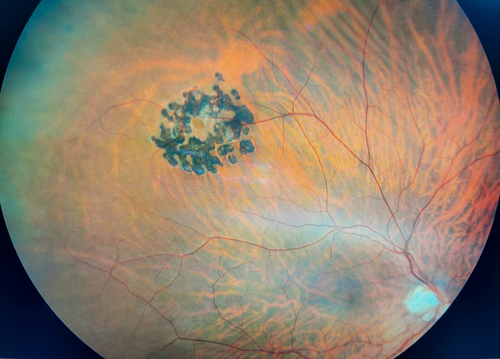
If you have diabetes, you face many health problems as you struggle with the disease. Health issues caused by diabetes can permanently damage your body, including your eyesight.
Diabetes can wreak havoc on your eyes. It can cause problems like blurred vision, increased risk of developing cataracts early, and glaucoma.
These are just a few reasons why keeping diabetes under control is critical. One hazardous problem that long-term diabetics encounter is diabetic retinopathy.
Keep reading to learn more about diabetic retinopathy and what treatments are available if you develop it.
What is the Retina?
The retina is a complex piece of tissue composed of light-sensitive cells called rods and cones. It handles detecting light that enters your eye, which makes it essential for vision.
Being as complex and sensitive as it is, the retina is also very fragile. It is a thin sheet attached to the back interior wall of your eye. The slightest disruption can cause significant problems with it.
What Causes Diabetic Retinopathy?
High blood sugar in diabetic patients can cause blood vessels in the retina to weaken. This weakening can lead to bleeding and fluid leaking into the eye.
The sugar in your blood causes blocks in the tiny blood vessels in the retina. These blocks cut off the nutrients and nourishment the retina needs.
The body creates new blood vessels to supply the retina with blood and nutrients to correct this situation. However, these blood vessels are grown hastily, don’t develop correctly, and are incredibly fragile.
In its early stages, diabetic retinopathy has very few if any symptoms. The term for this early developmental stage is nonproliferative diabetic retinopathy.
It is nonproliferative because new blood vessels are not forming yet. But, existing blood vessels may begin to bulge or dilate to accommodate the blockages. Also, fluid may start to build up in the center of the retina.
If the disease continues to progress, new blood vessels will begin to grow. New blood vessel growth is the beginning of advanced diabetic retinopathy, the second stage in its progression.
At this point, the fluid leaking from the damaged blood vessels leaks throughout your eyeball. The blood vessels continually break and heal over again until scar tissue has built up behind the retina.
This scar tissue can peel the retina away from the back of the eye. This peeling is a detached retina, and once this happens, you will have obvious symptoms.
Retinal detachments cause floaters, fluctuating blurry vision, and eventually vision loss. Diabetic retinopathy can also cause other problems like glaucoma or a vitreous hemorrhage.
How do You Prevent and Treat Diabetic Retinopathy?
You can prevent diabetic retinopathy by keeping your blood sugar under control with a healthy diet and exercise. Taking your medication and insulin as directed by your doctor is also helpful.
Along with a healthy lifestyle and medicine, regular eye appointments are the best way to prevent diabetic retinopathy. Frequent appointments allow your eye doctor to track your vision.
They will be able to tell during an eye exam if diabetic retinopathy is developing in your eyes. Early detection of diabetic retinopathy is necessary to treat it to help you maintain your eyesight.
As diabetic retinopathy continues to evolve, you may need further treatment. Anti-VEGF medication and laser surgery are two common treatments for diabetic retinopathy.
Anti-VEGF medications prevent the growth of new blood vessels in your eyes. Laser surgery can seal leaking blood vessels if you have advanced diabetic retinopathy.
If you have diabetes, you must have regular eye appointments. Schedule an appointment at Stahl Eyecare Experts in Garden City, NY, to ensure diabetes doesn’t damage your vision!







